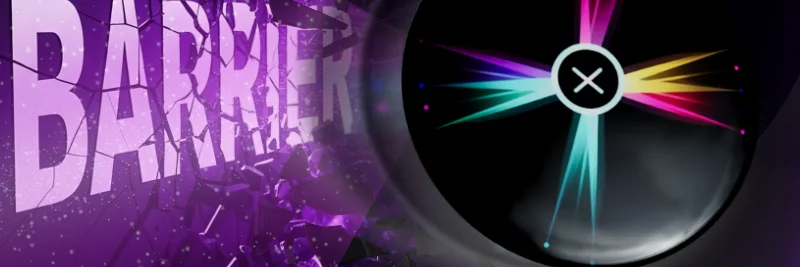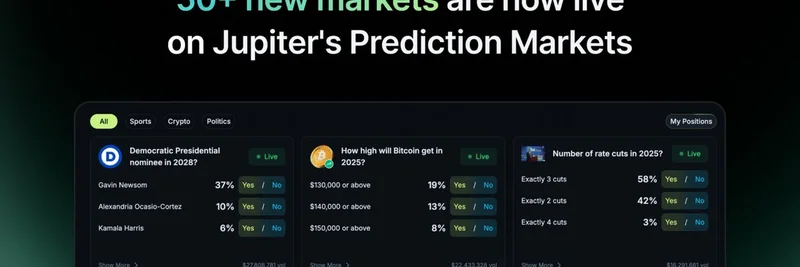Hey there, crypto enthusiasts! If you've been scrolling through X (formerly Twitter) lately, you might have stumbled upon a post from BSC News that's got everyone talking: "IS PI NETWORK WORTH THE HYPE? FULL ANALYSIS - A comprehensive breakdown of @PiCoreTeam and its native $PI coin... Don't miss out." They're linking to their in-depth guide on bsc.news, and as someone who's knee-deep in the world of meme tokens and blockchain buzz, I thought it'd be perfect to break it down for you here at Meme Insider. Pi Network isn't your typical meme coin like Dogecoin or Shiba Inu—it's more of a community-driven crypto project with a twist on mining—but the hype around it often feels similar, with massive user growth and viral potential. Let's unpack what this is all about, step by step, in plain English.
What Exactly is Pi Network?
Pi Network is a cryptocurrency project that kicked off back in 2019, founded by a couple of Stanford PhDs, Nicolas Kokkalis and Chengdiao Fan. The big idea? Make crypto mining super accessible—no fancy rigs or sky-high electricity bills required. Instead, you just download their app on your phone, sign up, and tap a button once a day to "mine" Pi coins. It's built on a blockchain, which is basically a secure, decentralized ledger that records transactions without needing a central authority like a bank.
Unlike Bitcoin's energy-guzzling Proof of Work system, Pi uses something called "Proof of Contribution." This means you earn coins based on your involvement: logging in daily, inviting friends, or joining "Security Circles" to help verify the network. As of 2025, they've got a whopping 60 million registered users across 233 countries, with about 19 million who've completed KYC (Know Your Customer, a verification process to prevent fraud) and 12 million migrated to their main network. Impressive numbers, right? But we'll get to whether they're too good to be true later.
A Quick History Lesson
Pi didn't just appear overnight. It started in 2018 as an idea to democratize crypto, launching officially in 2019. Their roadmap is divided into three phases:
- Beta Phase: All about building the community. By the end, they had around 3.5 million users (called Pioneers).
- Testnet Phase: Kicked off in March 2020, this was like a dress rehearsal with real nodes (computers that help run the network). They hit over 10,000 fully functional community nodes.
- Mainnet Phase: This is the real deal, starting in December 2021, but the big "Open Network" launch happened in Q1 2025. Now, it's connecting to the outside world, allowing actual transactions and apps.
The Open Network launch was a highlight on Pi Day (March 14, 2025—get it, 3.14?), and it's opened doors for things like buying .pi domains or shopping at PiFest events.
How Does Mining Work on Pi?
It's dead simple, which is why it's blown up. After signing up, you mine by contributing to the network—no heavy computations that drain your battery. Your earnings depend on:
- Daily taps in the app.
- Building a referral team (inviting others boosts your rate).
- Security Circles: Groups of 3-5 trusted contacts to make the network more secure.
Once you're in, you can migrate your coins to the mainnet after KYC. The goal? Turn Pi into everyday money for payments, apps, and more.
Tokenomics: The Economics Behind $PI
$PI is the native coin, with a hard cap of 100 billion total supply—that means no endless printing like some fiat currencies. But it's inflationary in design, which could dilute value over time if not managed well. As of 2025, $PI is trading on exchanges like OKX, with hopes for bigger ones like Binance. Prices have been volatile: it hit a high of $2.98 but dipped to $0.60. Analysts predict modest growth, maybe up to $1-2 by 2030, but it all depends on adoption.
The Good, the Bad, and the Hype
Let's be real—every project has upsides and pitfalls.
Pros:
- Super user-friendly: Anyone with a smartphone can join, lowering the barrier to crypto.
- Huge community: 60 million users means potential for viral growth, much like meme coins.
- Real-world moves: Events like PiFest (over 125,000 sellers registered) and .pi domain auctions (starting at 10 Pi) show they're building utility.
- Developer perks: Easy to launch apps on their network without jumping through hoops.
Cons:
- Skepticism on numbers: Some reports say only 9.11 million active wallets, not 60 million—big discrepancy.
- Regulatory headaches: Vietnam investigated it for fraud, and data privacy is a concern since the app collects a lot of info.
- Volatility and risks: Prices swing wild, and as the network scales, security could be an issue.
- Not fully decentralized yet: Still relies on the core team for decisions.
So, Is Pi Network Worth Your Time?
The BSC News piece wraps up by saying it depends. The 2025 updates are promising—Open Network means real apps and transactions, and features like PiFest add fun, community vibes that echo meme token culture. If they nail adoption and fix the controversies, $PI could be a solid hold. But if you're in it for quick flips like meme coins, beware the hype; it's more of a long-game project.
At Meme Insider, we love spotting hyped tokens with meme-like energy, and Pi's mobile mining has that accessible, shareable appeal. If you're curious, check out the app, but remember: always DYOR (Do Your Own Research) and only invest what you can afford to lose. What's your take—hype or hope? Drop your thoughts below!
For more on emerging crypto trends and meme tokens, stick around Meme Insider. We've got the knowledge base to level up your blockchain game.



